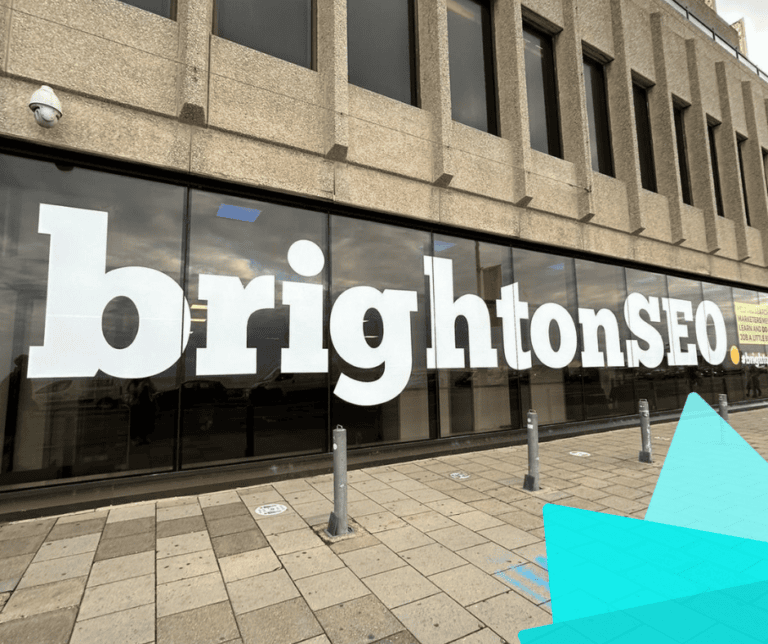The pressure on businesses to have a strong social media presence seems to grow by the day. Whether you are a large corporate company or a small local business, if you’re not ‘tweeting’, ‘instagramming’ or updating your Facebook page on a daily basis, you may feel as though you are behind the times.
As a social media marketing specialist I am often asked the same question by business owners regarding the effectiveness of ‘paid social media advertising’. “Will the extra activity, additional time and investment definitely produce results?” The answer is… sometimes yes, and sometimes no. The success of paid social media advertising is certainly industry-dependent. In some industries, paying for advertisements on a social media platform is an incredibly effective way of expanding a business’ online community and generating leads. In other sectors it is simply a brand voice, an additional tool to show an active online presence.This being said it is still extremely valuable and can prove extremely beneficial in the long term (kind of like a game monopoly).
Unlike traditional organic social media posting, ‘paid social media advertising’ lets businesses promote their services to people who don’t follow/like their profile. When advertising on a social media platform you have to follow a whole new set of rules. It requires both management (either in house or by and agency) and an advertising budget. When implementing paid social media advertising, it is vital that you spend your budget wisely so you see‘bang for your buck’, whether that be leads, awareness, engagement or sales.
So what form of social media platform would be best for your business to advertise on? My McDonald’s themed article will help you better understand the main players in social media advertising.
‘The Big Mac’- Facebook advertising
Facebook seems (or claims… pinch of salt please) to know everything. They know your age, location, interests, if you are married, if you have children and if you’re based in the US they even know what your household earnings are likely to be. Whilst Facebook having this knowledge may be a scary thought, it does open up a number of possibilities for brands looking to advertise on the platform. Not only can you target ads at people of a certain demographic, with certain interests etc, Facebook also allows you to target people who have visited your page before (re-targeting and re-engaging). It also allows you to target ads at those on subscriber lists not associated with the platform. Depending on your industry, Facebook advertising could be a lucrative way of generating traffic for your website.
The catch?
Beware of using Facebook as a default social media advertising platform. Consider the role and the aim of your campaign and if Facebook is the right platform for your message. For example, a corporate, or B2B campaign may sit better elsewhere online as Facebook users may not be in a business mindset while scrolling. You must also consider what your audience is using the platform for e.g an eCommerce brand may sell easily to a Facebook audience but this may not be the case for a B2B organisation. For a corporate business Facebook ads would need to be focused on brand awareness rather than lead generation.
The Fries and curry sauce – LinkedIn Advertising
Like LinkedIn advertising you either love curry sauce or you hate it. Some brands love it and swear by it, others steer well clear as they tried it once before and decided it wasn’t for them.
LinkedIn advertising can feel expensive compared to other social platforms. The high cost is largely due to the granular levels of targeting available and the potential to reach a very specific audience of ‘decision makers’. On LinkedIn, advertisers can target users by company, job role, seniority and time in the organisation e.g an advertiser could set up a campaign that targets senior staff in a particular sector, providing advertising and messaging tailored to them that will encourage action. The ability to target to target people in a specific professional position (like a CEO who would normally be nearly impossible to reach) is what makes LinkedIn advertising particularly lucrative.
The catch?
LinkedIn advertising requires requires a decent budget and an understanding that time is needed to cultivate the content, audience and funnel that may lead to leads from the key players in your target audience.
It is worth noting that strong content is integral to successful LinkedIn advertising. It is rare for someone to go online looking to be sold to. We like to feel like we are making our own choices and ideas are our own. This is particularly pertinent for people who hold senior professional roles. LinkedIn advertisements should be focused on content that adds value and generates interest and engagement.
The chicken nuggets – Instagram advertising
Who doesn’t love Instagram (and chicken nuggets)? Even if you go off it for a period, you always end up returning to scroll, click and browse the feed.
Instagram advertising and Facebook advertising are now sisters thanks to Instagram and Facebook’s collaboration. The Instagram advertising platform offers the same analytical insights as Facebook and an audience that is less wary. Therefore it can be a particularly lucrative platform for brands. In my experience, when running both Facebook and Instagram campaigns for clients, Instagram often beats Facebook in terms of quality lead generation and brand awareness. Instagram advertising will appear on both feeds and in ‘instastories’ and can be broad or specific depending on the set up of your campaign. A location based, local business could look to trigger specific location targeting through Instagram to attract users in the local areas, while nationwide businesses could re-target users within a 24 hour window of their visit to the company website.
The catch?
It is highly competitive. Whilst it is industry-dependent, the competition levels on Instagram are increasing, pushing prices up and causing users to flick past ads quicker. Even though eCommerce sites have been banging the Instagram ads drum for a while, opportunities are opening up for other organisations to utilise this platform.
The ‘Mcflurry’ – Twitter ads
A bit of fun? A staple part of your digital strategy menu? Not too sure yet? That’s okay! Twitter advertising is an interesting mix of lead generation, brand awareness or is simply just a tool to drive engagement.
As a fast and reactive platform, Twitter is not a place for big decisions and the hard sell. Twitter polls and smart, well placed content is where Twitter ads thrive. When there is a breaking news story or media event happening, the best use of twitter promotion comes from the brands looking to utilise the instant user conversation (think the Superbowl) to highlight their brand message. A witty content piece or open question is more attractive to the twitter audience than a new service you are launching or a document you want them to download. Twitter can work for any organisation and requires a little ‘out of the box’ thinking.
The catch?
Twitter is very much an open forum. While targeting is available, a twitter poll or example cannot be targeted to just one group of people.
Post McDonalds thoughts…
You feel like you’re going to burst and never want to eat again. But then you see that lonesome chip hiding in the corner of the box…
Before you reach out lets consider the most important considerations when approaching a social media advertising strategy. Here are a few of my thoughts to get you started in finding the right platform for your business:
- Who is your audience?
While you may know who your ideal customer is, consider your wider online audience and how you can utilise them to drive awareness and extend your network. If you are considering targeting, which platform offers the best opportunity of reaching your target audience and generating quality leads?
- What is your budget?
It is important to think short term and long term when considering budget. It is far better to scale up as you learn about your ads, than go all in and burn through your spend in a month without optimising your campaigns or tracking. In addition, some social platforms are more costly than others, so consider the value of specific targeting vs the cost you may need to pay for it.
- What are you promoting?
The best campaigns will not always go all in on the action or business goal. For example a strong brand messaging campaign to the right target group can hold far more weight and credibility than any ‘contact us today’ advert. Consider content and value to your audience over anything else. Play the long game.
Hungry for a big mac? Or maybe just a mcflurry! While you are pondering your options and browsing the menu, why not drop our team a line and let us know your thoughts about social advertising? We would love to hear what has worked for you, and what hasn’t! If you are new to social media advertising and are interested in finding out more – get in touch and we will add a tone of value … before going in for the sell (cause that’s how we roll).





